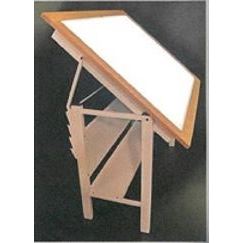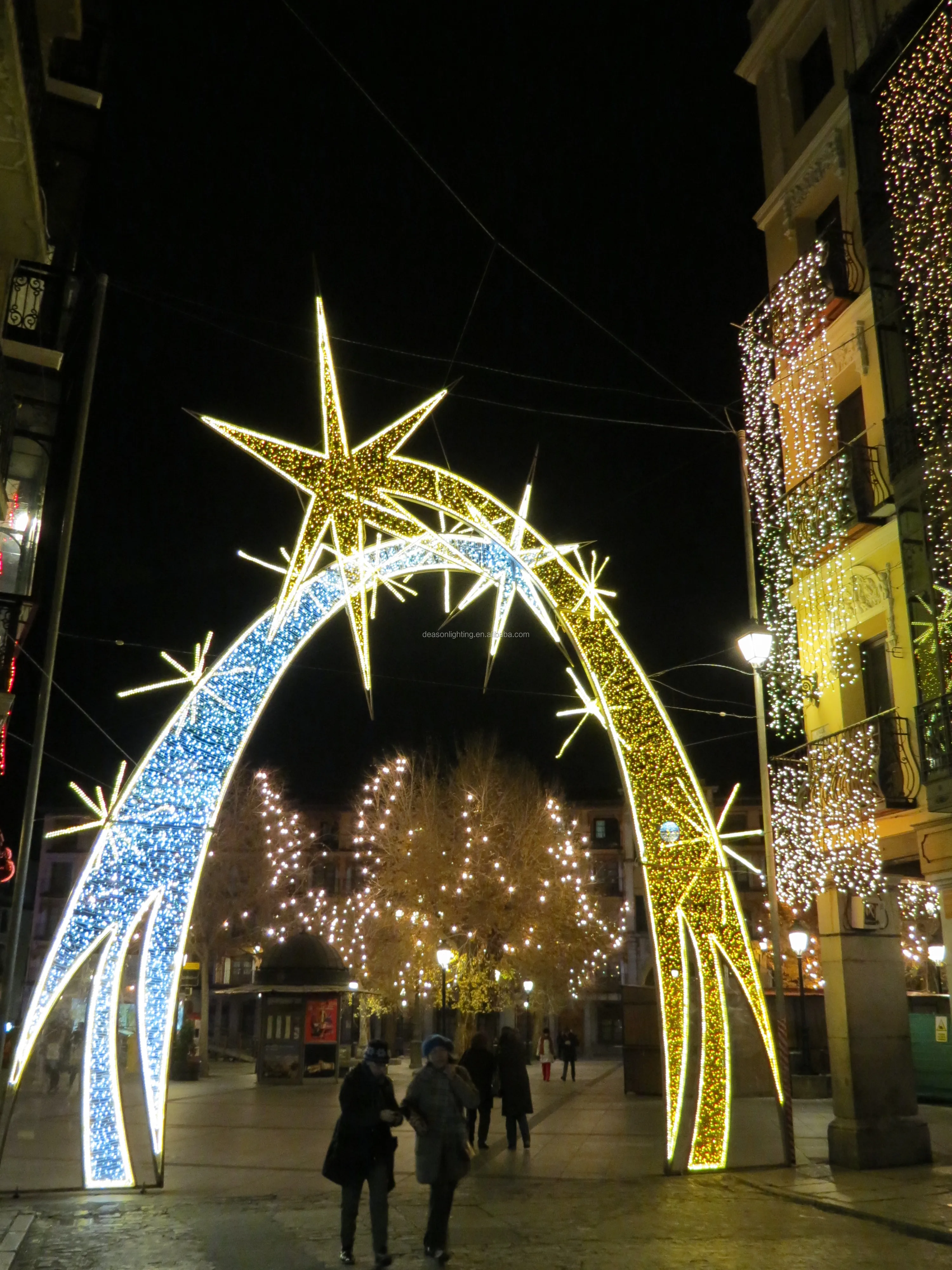

I guess, to shorten my long story, my process has been evolving, (I haven’t been in oil pastels very long) and I believe I’ve found my comfort zone with clear gesso and the Matisse Background Colors.Good wedding lighting is right up there with flowers, food, and atmosphere when it comes to all things that can help set the mood of your wedding day. I started using the pumice (too much texture) and then marble dust with the acrylic paint. I used to tone my watercolor paper with acrylic paint which was too slick for my Soft pastels nor my oil pastels. These other products tend to be a bit more expensive then basic gesso. The clear gesso gives me a good tooth and I get a warm under toned surface to work on.Īlso if I did a detailed under drawing (which I don’t do), the clear gesso would preserve the drawing for the application of the oil pastels. I think clear gesso leaves a great tooth and I like to use that on my sanded masonite. There are great products, like Matisse Background Colors (gesso) which leaves a pretty good tooth. If you use pumice, it can give too much tooth and a light sanding can help with that.

Dust is the prime reason I gave up on soft pastels. I had two uncles die of “White Lung Disease.” They worked in a pottery factory. I don’t sand this final layer of gesso so there should be no dust getting into the air. I just open the jar take a couple of table spoons of the dust and drop it into my gesso mix and stir it in. I don’t see any health risk in how I use the marble dust. Give it a try if you have not!Ĭory marble dust is considerably finer and softer than the finest pumice I’ve found (at least in my opinion). Not sure if any of this helps, but my thoughts have drastically changed about using watercolor paper. For now, I think I’ll be using this paper for my upcoming works. It’s good paper to use, too, if you want to try your hand at something more “abstract” looking. I like the fact it holds a ton of ops, especially since I heavily apply the stuff. However, my mind changed after some practice. It was slick, and did not blend the way I wanted. Plus, your fingers really take a beating if you blend with them.Īgain, I did not like the surface when I first tried this. Other than that, I have a feeling I’ll be avoiding this one. However, it does work well if you are going for a more “illustrated” look. This will not be my first choice when doing a piece. I HATED this one at first, but the more I used it my thoughts changed. My resutls are somewhere between impressionism and expressionism with a modern, contemporary look. This paper goes best with “my style” of painting. I still think I’ll buy the block all the same as, I plan to use this paper more often. I’m sure this would be different if I used a block, but then again, I come across the issue that I like to use the smoother side on the back. My only complaint is when used with ink it can buckle (I LOVE ink). It works well for blending and reminds me of my ol Pastelbord. Thus, the Arches experiment began! So, below you will find my thoughts and pieces done on different types of watercolor paper (all Arches). I thought this thread would help for those of you who are not familiar with using watercolor paper for oil pastels.Ī month ago, I only used Pastelbord, but was growing tired and needed a change.


 0 kommentar(er)
0 kommentar(er)
